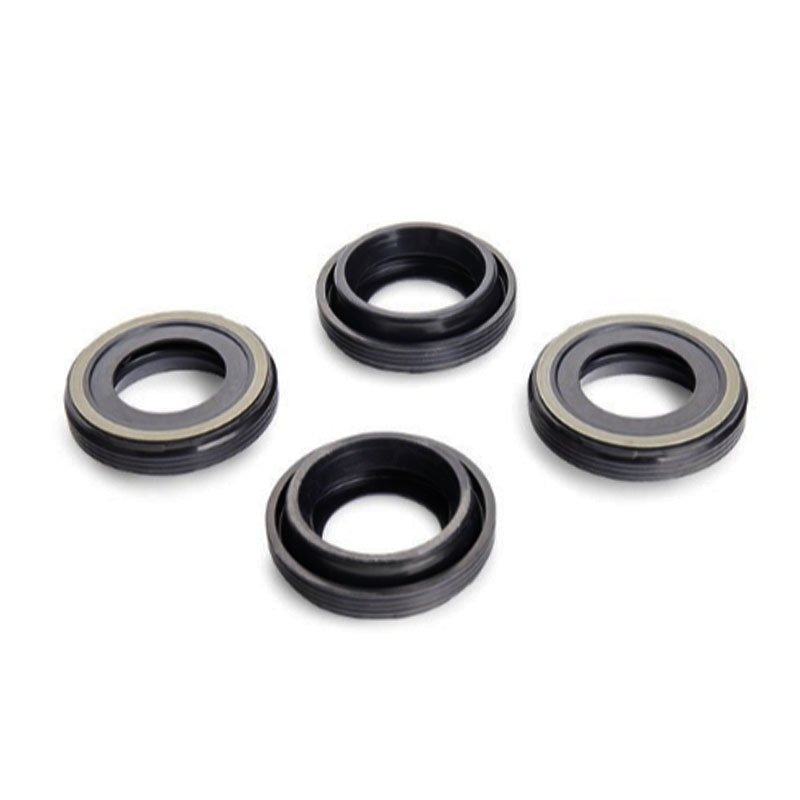Understanding Differential Pinion Oil Seal Function and Maintenance for Optimal Performance
Understanding the Importance of Differential Pinion Oil Seal
Differential pinion oil seals are critical components in the drivetrain of vehicles, playing a vital role in maintaining the integrity and functionality of the differential system. These seals are designed to keep lubricating oil contained within the differential housing while preventing the ingress of dirt, debris, and moisture. A well-functioning differential pinion oil seal ensures that the differential operates efficiently, prolonging the life of the vehicle’s drivetrain and enhancing overall performance.
Function of the Differential Pinion Oil Seal
The differential is crucial for enabling smooth turns and providing power to the drive wheels. It compensates for the difference in speed between the inner and outer wheels during a turn. The pinion gear, which is part of the differential, is responsible for transmitting power from the driveshaft to the ring gear, which then transfers this power to the wheels. The differential pinion oil seal is positioned at the point where the pinion shaft exits the differential casing.
The primary function of this seal is to retain the gear oil within the differential housing, which is essential for lubricating the gears and preventing wear and tear. It also seals the housing to prevent contaminants from entering, which could otherwise damage the precision components within the differential system. Maintaining the correct oil level and condition is crucial for the performance and longevity of the differential.
Signs of a Failing Differential Pinion Oil Seal
Over time, differential pinion oil seals can wear out due to various factors, including heat, friction, and environmental exposure. A failing seal can lead to oil leaks, which may go unnoticed until significant damage occurs. Some common signs of a failing differential pinion oil seal include
1. Oil Leaks One of the most evident signs is the presence of oil spots under the vehicle. If you notice fluid leaking from the differential area, it could indicate a failing oil seal.
differential pinion oil seal

2. Increased Noise Worn seals can lead to a lack of lubrication, resulting in increased friction between the differential components. This can produce unusual sounds, such as grinding or whining, particularly when turning.
3. Overheating Insufficient lubrication caused by a leaking seal can result in higher operating temperatures. If you notice your vehicle overheating, it may be worth checking the differential oil level and condition.
4. Vibration During Driving A failing pinion oil seal can cause imbalances in the differential, which may lead to vibrations felt while driving.
Maintenance and Replacement
Regular maintenance of the vehicle's differential system is essential to prevent issues with the pinion oil seal. Routine checks of the differential fluid level and condition can help detect potential problems early. If the oil appears dirty or degraded, it is important to change it promptly to avoid further complications.
If you suspect that the differential pinion oil seal has failed, timely replacement is crucial. Ignoring a small leak can lead to significant damage to the differential components, resulting in costly repairs. During replacement, it is essential to ensure that the new seal is properly installed and that the differential fluid is refreshed to maintain optimal performance.
Conclusion
The differential pinion oil seal may seem like a small component, but its importance cannot be overstated. It plays a vital role in ensuring the proper functioning of the vehicle's differential system. Regular maintenance and prompt attention to signs of wear can help keep your vehicle running smoothly and efficiently. By understanding the role of the differential pinion oil seal and staying vigilant about its condition, vehicle owners can extend the life of their drivetrain and enjoy a smoother driving experience.
-
Understanding the Front Main Engine Seal: Importance, Symptoms & Replacement
News May.06,2025
-
Understanding Automotive Shaft Seals: Importance for Engine Protection
News May.06,2025
-
The Importance of Heavy Duty Seals: Types, Benefits, And Applications
News May.06,2025
-
The Essential Role of Heavy Duty Seals for Durability and Protection
News May.06,2025
-
The Essential Guide to O-Rings: Types, Applications & Custom Solutions
News May.06,2025
-
A Complete Guide to Crank Pulley Seals: Importance, Costs, And Maintenance
News May.06,2025
-
Understanding Cassette Seals: A Durable Solution for Oil and Dirt Protection
News Apr.30,2025
Products categories















